
For many small nonprofits, planned giving feels overwhelming. It sounds complex and expensive, and many organizations think it’s something reserved for large institutions with dedicated legal staff.
The truth is, encouraging bequests is far more accessible than you might think.
It’s all about simple, heartfelt requests and making it easy for donors to follow through. Chances are, your loyal donors would likely agree to include your nonprofit in their wills (especially if you’ve been staying on top of your thank-yous). You just need to ask and provide them guidance on how to do so!
To help, this article will provide practical steps your nonprofit can take to start encouraging these powerful gifts, no matter the size of your team.
Make it easy for donors to find information about planned giving.
The most important step in marketing your legacy giving program is to create clear, simple, and easy-to-find information. Donors will want to do more research before making this commitment, and you don’t want to make them hunt for extra information.
A Dedicated Microsite or Planned Giving Page
A dedicated planned giving microsite acts as a central hub for all legacy-related information. These sites should be designed to guide supporters through their options using simple, donor-centric language that makes the process easy to understand. Alternatively, you can create a dedicated landing page on your main website that includes information on legacy giving.
FreeWill’s guide to marketing planned giving suggests including the following information on your site:
- The types of planned gifts you accept (e.g., bequests, retirement plan beneficiary designations, charitable remainder annuity trusts, etc.) and explanations for each one.
- Contact information for your planned giving officer, enabling donors to reach out with questions not already answered on your site.
- Information about your legacy society, including the benefits of being a member.
- A clear call to action that links to a form where prospects can get started or request more information.
With all of this in mind, you’ll wind up with a comprehensive website that makes it simple for donors to find the answers they need and take the next step. Don’t forget to tailor your site to fit your nonprofit’s brand and messaging and create a unified experience with the rest of your online materials.
For a real-world example, take a look at The American Red Cross’s legacy giving site:
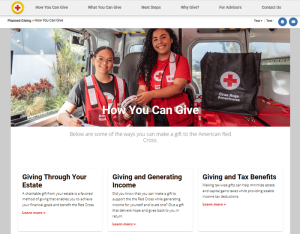
Alt text: A screenshot of the American Red Cross’s legacy giving microsite
Even for smaller nonprofits, creating a site like this is pretty easy! You can take a similar approach by creating detailed landing pages discussing specific types of gifts, recommended language for donors to use when creating their wills, and the benefits of making a legacy donation. Link to your microsite on your main website to increase visibility and encourage bequests.
Educational Workshops
Another way to start the conversation with donors is by hosting educational workshops. A simple “legacy lunch” or a virtual webinar can provide interested donors with more information about including your nonprofit in their will.
The goal shouldn’t be to give legal advice. Instead, aim to demystify the process and start a two-way conversation about legacy giving. You might even bring in a local estate planning professional or another expert to answer technical questions.
Integrate legacy giving into your regular communications.
With these fundamental educational pieces in place, you can start marketing will donations to your donors. You don’t necessarily need to create a separate, high-budget marketing campaign for planned giving. You can weave simple, consistent reminders into the communications you’re already sending.
For example, you might mention planned giving in the following places:
- Your nonprofit’s regular newsletter as a small recurring feature or donor story
- Your main “Ways to Give” page, listed alongside other options
- Email signatures of development staff, leadership, and board members
- Your nonprofit’s annual report, alongside donor stories or fundraising metrics
- Thank-you letters or emails sent to long-time or recurring donors
Wherever you connect with donors, sharing the stories of other donors can make the concept of a legacy gift feel more personal and achievable. As UpMetrics explains, “whenever you communicate with your organization’s audience, you have the opportunity to share engaging stories.” This applies perfectly to legacy giving, whether you’re communicating through your website, an impact report, or a simple newsletter feature.
This strategy keeps legacy giving visible without being pushy. It gently educates your donors and normalizes the idea of including your mission in their long-term plans. This consistency is the key to building a successful program over time.
Choose the right wording to encourage legacy gifts.
Legacy gifts can be a complicated, awkward, or even sensitive topic. After all, you’re talking to donors about what will happen to their estate once they pass away.
As you encourage donors to include your nonprofit in their wills, make a point to use warm, simple, and direct language that resonates with their motivations. Avoid legal jargon and instead focus on the impact the gift will have on your mission’s future.
Here are some quick tips for making legacy giving more approachable:
- Avoid technical terms. Instead of “make a bequest,” you might say “make a gift in your will.” This simple shift in language makes the entire process feel less intimidating to donors.
- Focus on donors creating a legacy. Research shows that mentioning or implying death can deter donors. Opt for active phrases like “create a legacy” or “make a gift in your will” instead of “leave a legacy.”
- Acknowledge that this type of giving may be new. Don’t make supporters feel like they should’ve already known about including your nonprofit in their wills. Spark curiosity with phrases like “Did you know…” or “You might be surprised to learn…”
- Highlight that donors of all ages make legacy gifts. Start the conversation with all donors by using phrases like “Supporters of all ages choose to include us in their will.” This way, younger donors will know about the opportunity, and older donors won’t feel specifically targeted.
For example, let’s say you’re updating your email signature. You might add a simple phrase like, “Want to support our mission for years to come? Learn how to include us in your will,” with a link to your planned giving microsite.
As another example, on your “Ways to Give” page, you might add legacy giving as an option alongside online donations and mail-in checks. A simple heading like “Support Our Future” or “Create Your Legacy” is all you need to draw attention.
Starting the conversation is the most important step.
Launching and marketing your nonprofit’s planned giving program doesn’t have to be overly complicated. You can start today by creating a new page on your website and adding a mention in your email signature.
By making information accessible and communicating consistently, you make it possible for your most loyal supporters to name your nonprofit in their wills. They’ll recognize that they have the unique chance to support the future of a mission they care about deeply.


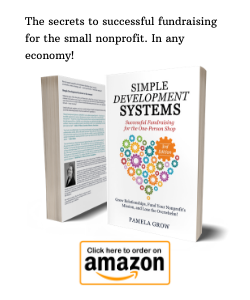


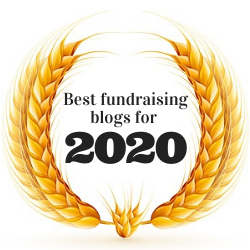
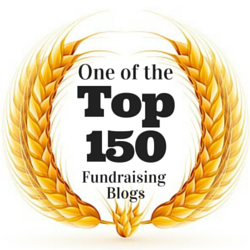
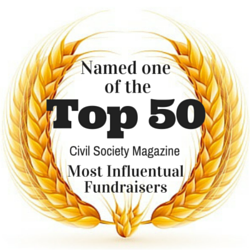

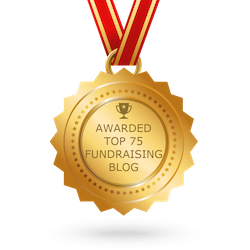
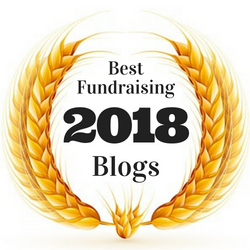
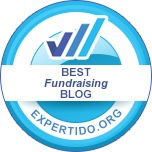
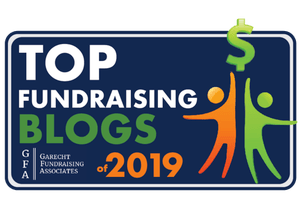


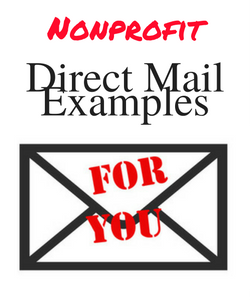


 I can’t wait to meet with you personally.
I can’t wait to meet with you personally.
Comments on this entry are closed.